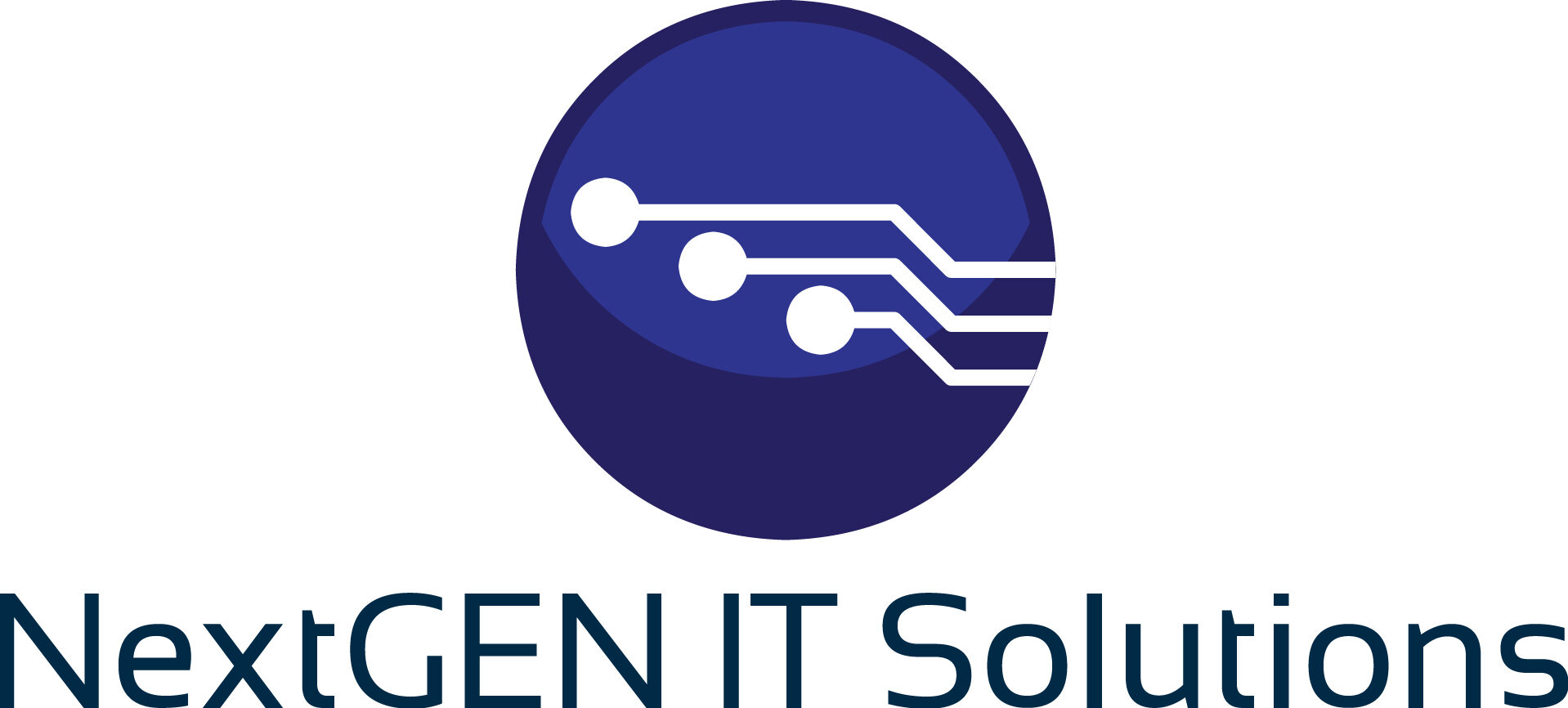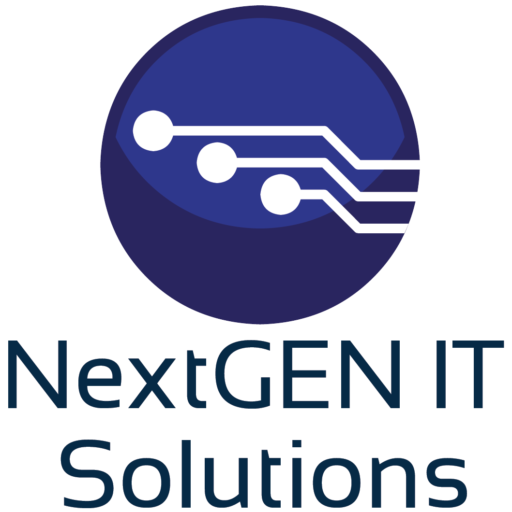
Introduction to Modern Cybersecurity
Businesses also face challenges in continually navigating through the digital landscape while keeping their data secured from hacking, as well as meet specific regulatory requirements and improve overall system efficiency. For instance, in today’s mobile enterprise, sensitivity of information and security of devices is ever increasing. Data protection and ensuring that software adheres to the required standards are of equal importance. In addition, utilising real-time analytics has become a crucial area of undertaking for businesses to improve operations and maintain their competitiveness in the industry. This article will explore the vital roles of data encryption, compliance enforcement and real-time analytics in the protection of sensitive information, maintaining regulatory standards, and improving business system efficiency.
- Data Encryption: Safeguarding Sensitive Information data encryption serves as a help for sensitive information because not everyone should be able to read it. is a method of converting data from clear text into coded format so that the data can be read only when a proper decryption key is used on it.
- Securing Mobile Devices: Mobile devices like smartphones, tablets, and laptops are particularly susceptible to flaws and attacks. Portability, public and unsecured use, and criticality, combined with a large amount of user and business data, make these devices lucrative targets for data theft. Encryption is unbreakable, providing an impenetrable firewall against data eavesdropping (where attackers intercept the data travelling between two parties), counterfeiting (where attackers mimic legitimate users to cause damage), and theft (where attackers steal the device and try to exploit it).
- Checking a Regulatory Box: For many businesses, data encryption is required not because protecting sensitive information is a top priority, but because legislation requires it. There have been so many business breaches in recent years that countries have passed laws to force businesses to protect sensitive data. The most famous and comprehensive of these is the European Union’s General Data Protection Regulation (GDPR). Other countries, such as the United States, have their own legislation to protect sensitive data, such as the Health Insurance Portability and Accountability Act (HIPAA). GDPR applies to corporations that collect, process or store the personal information of any EU citizen. It specifies how those companies should administer their data, but encryption is a specific mandate. So, if you use a cloud service to handle any private customer information, you’re legally required to encrypt your data. You don’t even have to have a specific intention to keep your data private – the legislation requires that you hide everything from view. Complying with these regulations is, for many companies, no different from filling out a tax form. Check a box, loosen the purse strings, and sleep soundly when the Compliance Audit team comes to visit. Companies also have to trust that their customers trust them.
‘Data in Transit’ Beyond Data at Rest The encryption of data at rest is predominantly seen in connection with encryption for data in transit. The transmission of data over public channels, such as the internet, by businesses and other organisations and the communication between business and users is predominantly fed by the originator and received by the receiving system. This encompasses emails, file transfers, online orders and payments and many more examples. Data in transit needs to be protected against interception and wiretapping.
Compliance Enforcement: Ensuring Adherence to Standards
There are various tasks where compliance enforcement comes into play, but it is also a large part of what is required for running a business in any competitive industry market (especially those that are a bit more highly regulated than others). The automated checks ensuring that a software or system is compliant with a certain specification is the final step before market assimilation, and could mean the difference between compliance and the heavy cost of angling to adjust to the changes.
- Automated Compliance Checks: Automated compliance checks allow smart business systems to constantly check whether they are in compliance. This includes whether there are any external changes to a regulatory standard or if an internal policy changes. These smart systems monitor for unauthorised change, information insecure air gaps, and significant deviations to deviant behaviour. It is much easier to flag a potential problem as it is happening with automated systems and thereby fix what could have become a non-compliance and hefty fine.
- Avert Human Error: One of the common causes of non-compliance and security breaches is human-error. These mistakes can be mitigated through automated compliance checks as there is no longer any need for manual inspections or interventions. Automated systems can be faster, more accurate, consistent and, ultimately, reliable.
- Proactive Risk Management: Enforcement of compliance is not only about avoiding penalties; it is a vital risk management exercise. Better, more secure, more robust, more trusted systems and processes that perform at a high-level and coincide with best practice and regulatory control are fundamental to preventing data breaches, operational failures and other adverse events. This strengthens business continuity, protects the organization’s reputation, improves human well-being and even contributes to greater equality.
- Real-Time Analytics: Enhancing Operational Efficiency real-time analytics is increasingly important for businesses wanting to improve the efficiency of their operations. It is a way of providing information about what is happening in the business right now, measured in milliseconds or even just a fraction of a second. Real-time analysis helps businesses to optimize their operations and make quick decisions to capitalize on new opportunities.
- What it reveals: Real-time analytics provides a real-time view of a business- its equipment, its interactions with customers, and many other factors. This helps business owners get a bird’s-eye view of the goings-on in their business and how well they can rely on their equipment to get the work done. Business owners are able to identify where they can make improvements in their processes based on real-time information.
- Fast problem-solving: One of the biggest advantages that real-time analytics can bring is of the fast detection and mitigation of issues. Imagine, a part of your machine stops working, real-time analytics can detect and alert the concerned personnel to take remedial measures almost instantly before an issue even occurs. This rapid reaction aids in keeping the downtime low and ensures that the cost of repairs and lost productivity is also equally contained.
- Energy Efficiency and Cost Savings: Real-time analytics can help businesses not only to work more efficiently but also to reduce energy consumption and cut costs. By collecting real-time data on how energy is being used, organizations can discover energy-wasting practices and identify ways to cut usage so as to lower their energy bills. Real-time data can identify times when certain pieces of equipment or systems are using more energy than is really needed, for instance.
- Customer experience upgrade: Real time analytics also helps organizations to upgrade their customer experience. Instant feedback and analyses of the customer experience helps the businesses identify shortcomings and improve accordingly, enabling them to pinpoint and resolve issues and exploit gaps. In a fast-moving and competitive marketplace with ever-shifting customer expectations, speed and nimbleness of the kind that real time data and analytics support can provide is becoming essential for staying ahead of the competition.
Integrating Security, Compliance, and Analytics
Though data encryption, compliance enforcement and real-time analytics each play a different role in the way we do business, such as protecting information, ensuring that policies and rules are followed correctly, and deriving actionable insights about the operational environment, their combination can yield a synergistic strategy that makes organisations secure and nimble, preparing them to tackle fast-changing business challenges. Whether it is encrypted data that needs to be tracked to ensure compliance with legislation or real-time analytics, the key is operating in an integrated fashion to ensure security, compliance and business agility.
- Holistic risk management: Bringing these elements together enables business leaders to pursue holistic risk management. By addressing them simultaneously to enhance data security, achieve regulatory compliance and improve operational efficiency, organizations can protect themselves against a multitude of threats and challenges while improving the resilience and adaptability of the business.
- Security, compliance and analytics: One of the main reasons has to do with a constructive cycle of continuous improvement. By continually reviewing security, compliance and analytics, then adjusting procedures where necessary, an organization is better able to stay ahead of emerging trends and threats, as well as to avoid ‘performance creep’.
Conclusion:
In the information age, enterprises grapple with data protection, regulatory enforcement and operational optimization. Protecting sensitive information on user devices, enforcing compliance with enterprise requirements, and enabling real-time analytics are three key tools that enable businesses to operate securely and efficiently.
For organizations plying their trades online, the dynamic nature of the digital sphere means there is no room for complacency when it comes to security and compliance. With encryption, automation and analytics in the service of strategy, a brewpub can assure the security of its data as well as its compliance with the law and its robustness of operations, factor in market forces, and thrive into the next decade.. By doing so, they can fortify their defenses and maintain resilience against the sophisticated threats of tomorrow.



